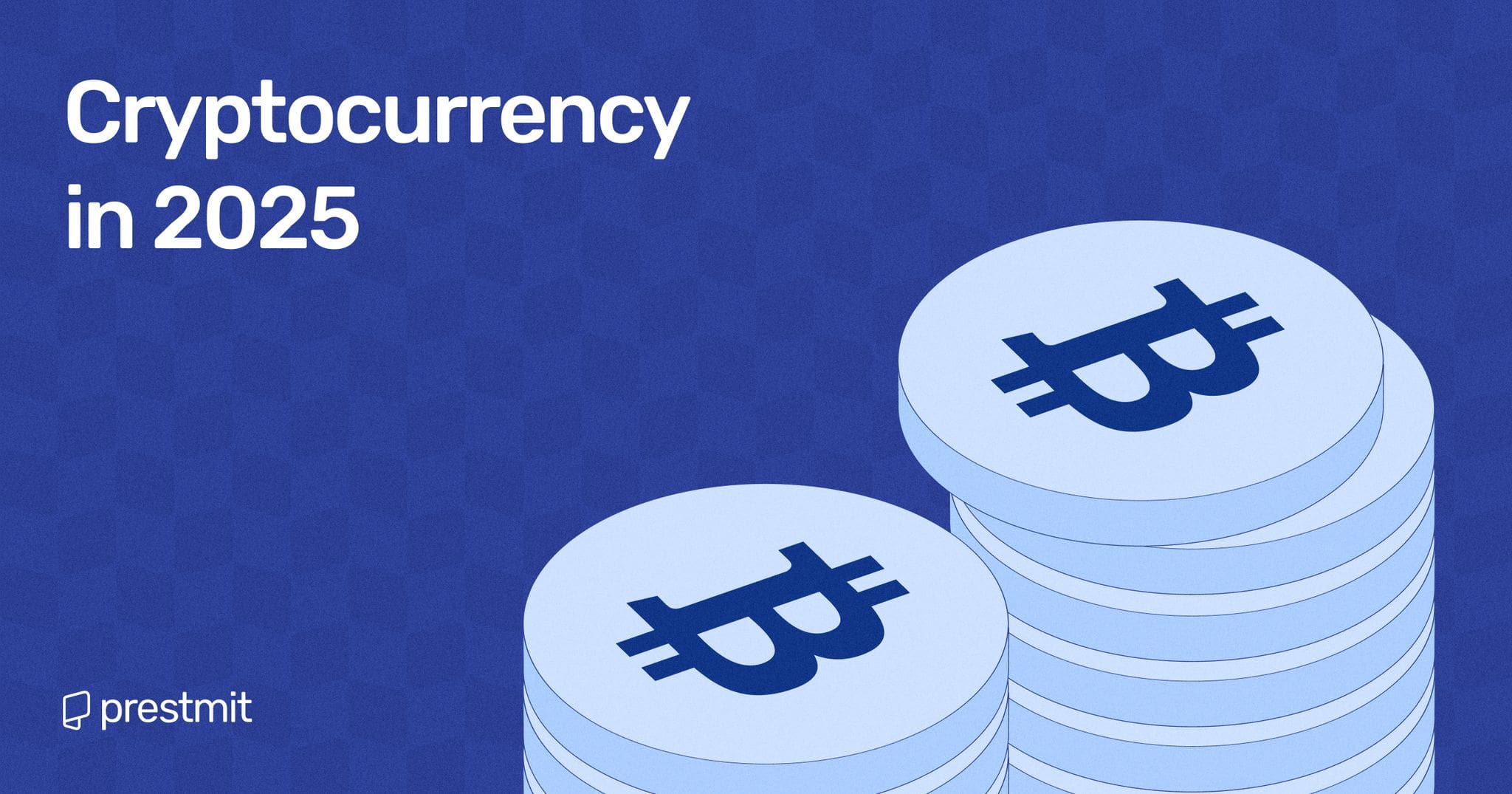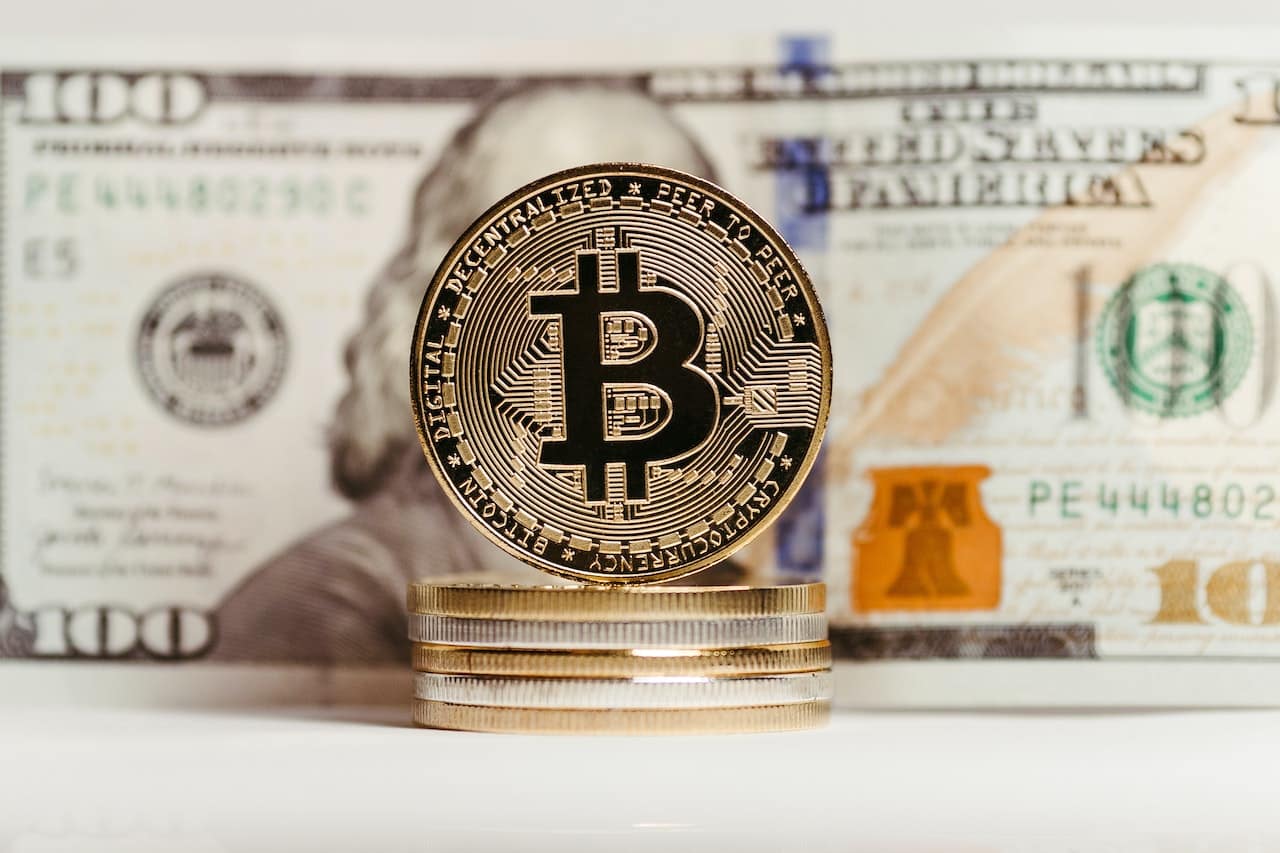The Growing Gap for Global Crypto ETF Accessibility
The allure of cryptocurrency continues to captivate investors worldwide, with the U.S. leading the charge in the ETF space. As of August 2024, the U.S. crypto exchange-traded fund (ETF) market has soared to unprecedented heights, largely fueled by the surging popularity of Bitcoin and Ethereum ETFs. Recent figures reveal that the total market capitalization for these ETFs has surpassed an astounding $78 billion for Bitcoin and $7.81 billion for Ethereum, as noted by Blockworks’ ETF tracker.
 The quest for accessible crypto investments is a global challenge.
The quest for accessible crypto investments is a global challenge.
Recent approvals in the U.S. for 11 spot Bitcoin ETFs have generated a remarkable $30 billion in trading volume within a single month, demonstrating a voracious appetite for safer crypto exposure among retail investors. This powerful momentum underscores a key development in the crypto landscape — the U.S. market now accounts for 83.3% of the global market share for crypto ETFs, overtaking Canada, which once held a significant 46.3% market share, according to data from CoinGecko.
However, the roar of the U.S. market leaves many retail investors outside its borders facing substantial hurdles. Investors from various regions are left contemplating how to engage with crypto ETFs, often left enviously watching their U.S. counterparts revel in the security of regulated products.
A Look Beyond U.S. Borders
While spot Bitcoin ETFs have made their mark in several countries, including Canada, Germany, Brazil, and Australia, many of these offerings cater primarily to institutional clients. This top-heavy distribution adds to the frustration felt by retail investors outside of the U.S. In Europe, retail investors find themselves stymied by the Mifid regulations that limit access to U.S. ETFs unless they provide comprehensive regulatory documents, like a Key Information Document (KID).
Conversely, some European nations such as Germany and France possess more advanced regulatory frameworks for crypto assets, offering alternative vehicles like Exchange Traded Notes (ETNs) — essentially unsecured debt securities that track underlying securities. This does provide some access to crypto for retail investors, albeit a limited and restrictive one.
In late 2023, Jacobi’s bitcoin ETF became Europe’s first, trading under the ticker BCOIN. Yet, it is essential to note that this product is categorized as an Alternative Investment Fund and is not available to retail investors. Notably, in the U.K., the Financial Conduct Authority (FCA) has further complicated matters, banning the sale of ETNs containing unregulated crypto assets to retail investors. It paints a stark picture of the current landscape: while the U.S. celebrates growth, the rest of the world struggles to catch up.
The Case for Alternative Routes
For international investors aiming to engage with crypto assets, alternative trading platforms exist. Notable brokers like eToro, Interactive Brokers, and Revolut offer marginal access to exchange-traded assets. However, as it stands, investors in the European Economic Area (EEA) or the U.K. who wish to interact with U.S. ETFs are often relegated to Contracts for Difference (CFDs), limiting their true engagement with the markets.
Brian Collins, CEO of Horizon, articulates a pressing truth: “The current regulatory landscape falls short in meeting the growing demand from retail investors for access to digital assets. The technology to provide safe and secure access to crypto ETFs already exists, and we have made it our mission to bridge that gap and empower investors worldwide.”
Platforms like Upstream, based in Seychelles, seek to fill this void. They aim to provide a global trading app that allows investors to buy and sell a variety of assets, including stocks and crypto ETFs, all under one roof. Their approach symbolizes a shift towards more accessible trading in an overly fragmented landscape.
New Frontiers in Crypto Investment
The conversation about crypto investment is evolving rapidly, with the introduction of various structures and products aimed at diversifying access. Crypto ETFs, encompassing ETPs or ETNs, now hold physical digital assets akin to how conventional ETFs hold physical stocks and bonds. With growing anticipation, the U.S. SEC’s recent approval of options for crypto ETFs opens the door for synthetic funds and indexed products by 2025. These synthetic ETFs will track derivative prices, providing innovative pathways for investors to gain exposure to the crypto market.
Such innovations are crucial as they can directly address the barriers currently faced by retail investors in regions outside the U.S. As regulatory bodies around the world begin to feel the ripple effects of U.S. successes, we may witness a surging transformation in global crypto regulations aimed at fostering greater inclusivity for retail investors.
Embracing the Future of Crypto Investing
The evolving regulatory landscape paired with technological advancements holds immense promise for future investors. As market demands shift, governments and regulatory bodies may find themselves compelled to foster better conditions for local investors seeking crypto exposure. The emergence of new and streamlined global trading venues for retail participants heralds an exciting new era for wealth building and digital asset integration.
As we push toward greater accessibility to a variety of crypto funds and indices, one thing is clear: the market is set to rise, opening doors to new opportunities for investors everywhere.
 Emerging pathways for global investors are paving the way.
Emerging pathways for global investors are paving the way.
Crypto is ready for its moment; let’s not leave anyone behind in this digital revolution.
Author: Lawrence Wintermeyer


 Photo by
Photo by 











